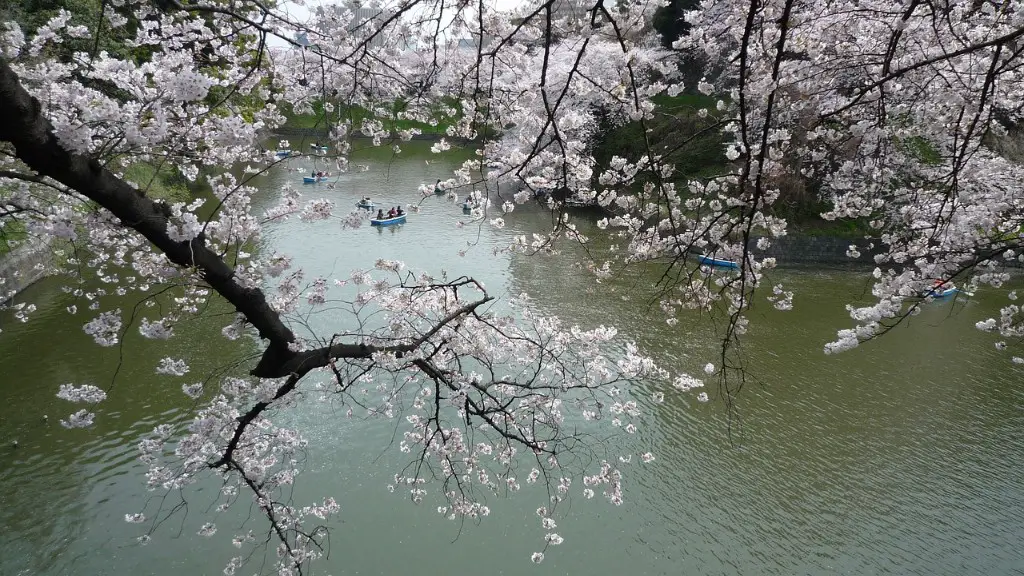Overview
North Korea has long had one of the largest artillery forces in the world, and it remains a potent tool in the regime’s arsenal. The exact details of the size and composition of the North Korean artillery force are shrouded in secrecy, but estimates suggest that the North Korean army could have up to 13,000 guns deployed and ready for use in wartime. While North Korea does have some conventional artillery, like the Soviet-designed D-30, most of their long-range guns are believed to be rocket-propelled rather than gun-powder powered. This gives them a much longer range and allows them to hit targets at greater distances with greater accuracy.
Background
Prior to the Korean War, North Korea’s artillery was largely outdated and their forces outnumbered by the South Korean forces. However, North Korean forces managed to carry out a devastating surprise attack on South Korea in 1950 that used their artillery to devastating effect. The attack pushed South Korean forces back and opened up the possibility of an invasion of the South by the North. This led to the US intervening and pushing back the North Korean forces.
North Korea’s Artillery Capabilities
Since then, the North Korean artillery forces have steadily increased in size and capability. North Korea has acquired a large number of conventional artillery guns, such as the D-30, as well as rocket-propelled artillery pieces. They also have an extensive tunnel network throughout the country, which they use to store and protect their long-range artillery pieces. North Korea is believed to have one of the largest chemical and biological weapons arsenals in the world as well, and it is likely that some of their artillery pieces are equipped with these weapons.
Limitations of North Korean Artillery
However, North Korean artillery has its limitations. For example, its range is limited, and most of the conventional guns have an effective range of only about 20 km. This means that North Korean forces have to get close to the targets to be effective. Additionally, North Korean artillery is primarily designed for offensive operations, not defense. Finally, North Korean artillery pieces are mainly short-range pieces, making them vulnerable to counter-battery fire.
Military Exercises Involving Artillery
To offset some of these limitations, North Korean forces regularly engage in large-scale military exercises to simulate wartime conditions. These exercises often involve extensive use of artillery, including the use of chemical weapons. North Korean forces have also conducted joint exercises with other nations, such as China and Russia, to improve their artillery capabilities and better prepare for a possible conflict.
Analysis
It is clear that North Korea’s artillery force is a powerful tool in the regime’s arsenal. While it is not as powerful as some of the other military forces in the region, it is still a formidable force that could do significant damage if used in a conflict.
Ballistic Missile Capabilities
North Korea also possesses a large number of ballistic missiles, which give them the capability to launch long-range attacks on a much larger scale than their artillery pieces. North Korea is believed to have the capability to reach any part of the world with their ballistic missiles, including the United States. This makes them a serious threat to global security, and the United Nations has imposed sanctions on the nation in response.
International Sanctions
The United Nations has imposed a series of economic and political sanctions on North Korea in an effort to try and stop the nation from expanding its nuclear and ballistic missile capabilities. These sanctions have had some success in curbing the nation’s development of these weapons, but they have also caused significant hardship for ordinary citizens.
Risk of War
The risk of a conflict between North Korea and its neighbors, such as South Korea and Japan, remains a concern. North Korea’s artillery forces, combined with their ballistic missiles and chemical weapons, could cause significant damage and casualties if used in a war. This has led to a high degree of tension in the region and has caused many nations to invest heavily in their own defense systems.
International Talks
In recent years, there have been a number of international talks concerning the situation on the Korean peninsula. The United States, China, Japan, and South Korea have all engaged in negotiations with North Korea in an effort to reach some sort of agreement and reduce the chances of conflict. However, progress has been slow, and it is uncertain whether or not any breakthrough will be achieved.


